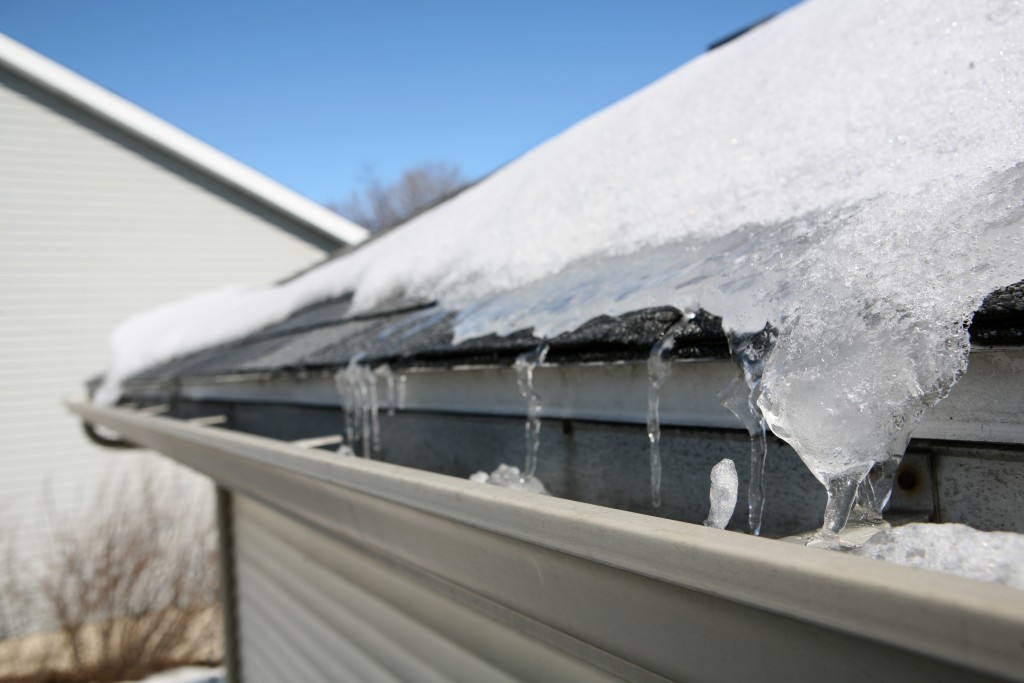Winterizing your home for winter may not be the first on your list of priorities right now. But the reality is, cold weather, snow, ice can bring real damage to your home. The only way to prevent them from wreaking havoc is to be prepared for when the temp dips.
Some homes need more preparation than others. Not all of us have pre-cast concrete fencing. Not everyone has insulated windows. If you want to know how you can keep your property protected from the harsh elements, this checklist is an excellent place to start:
Examine Your Fireplace
Inspect your fireplace to determine that it’s safe to use when the time comes.
When checking outside, look out for the following:
- Debris buildup or bird nests on the chimney cap
- Tree branches near the chimney
- Any chip on the mortar and bricks
The presence of these elements can impair the efficiency of your fireplace. Find a solution to them right away.
When checking inside, make sure that:
- There are no cracked bricks or missing mortar around the fireplace.
- There are no flammable materials or foreign objects in the flue.
- The flue functions correctly.
If you spot any irregularities and damage, call for a fireplace inspection immediately.

Insulate Your Windows
Without insulated windows, expect a spike in your energy bills. With proper insulation and fewer winter drafts, on the other hand, you lower your energy costs by 20% while keeping your living spaces warm and cozy.
You have many insulation options to choose from: shrink film, v-seal weather stripping, nail polish, rope caulk. Whatever you decide on, make sure it holds up well against air leaks.
Check the Roof
There’s nothing like waking up on a winter morning and finding out you have a leaky roof. The good news, a roof inspection is all it takes to prevent it from happening.
If you’re afraid of heights, you can evaluate the state of your roof from the grounds with a pair of binoculars. Walk around your home and look out of these problems:
- Broken or missing shingles
- Blistering, curling, or buckling shingles
- Rust spots or cracked caulk on flashing
- A buildup of moss and lichen, which can mean the roof is deteriorating
If you’ve had some sort of training, feel free to DIY some easier fixes, such as shingle replacement or flashing calking. If you’re not comfortable doing the work yourself, call for a professional inspection before the problem gets worse.
Keep Tree Limbs Away
Overhanging tree branches are always a hazard in any context, especially those that are angling over your roof. Excess tree limbs can also cause water to seep into the cracks into the siding or roof. Make sure any branch or limb nearby is at least three feet away from your house.
Unclog All Gutters
Clear out your gutters and downspouts and remove debris like gunk, leaves, and twigs. Once clogged, they can compromise your property’s foundation or lead to ice dams, which could mean costly repairs. After cleaning them, make sure the gutters aren’t tipping and trapping water. Tighten hangers and brackets and replace any damaged or worn parts.
Winter is still a few months away, and there’s no better way to spend the next few months winter-proofing your home.

